Junior Journo Newsroom launches with 2023 winners’ rallying cry
Kids News Junior Journalist 2023 winners and The Morning Show hosts launch the new-look Kids News Junior Journo Newsroom and 2024 competition aimed at teaching kids essential media skills
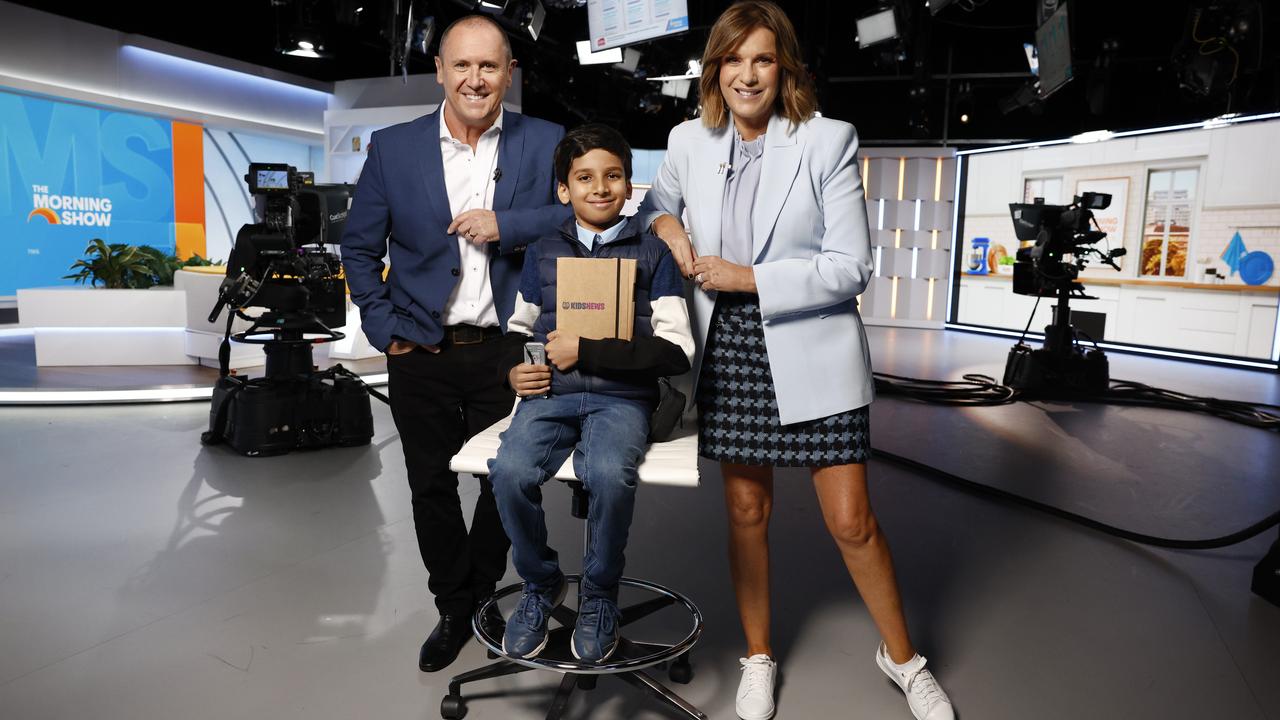
READING LEVEL: GREEN
The Morning Show hosts Kylie Gillies and Larry Emdur welcomed cub reporters to the studio on Friday, to help launch the Kids News Junior Journalist Newsroom, as experts agreed it was critical that young Australians developed skills to recognise and create trustworthy content.
Emdur said he welcomed the competition at “a time where there is so much rubbish on the internet.”
“Misinformation* can spread so quickly and be so damaging,” he said. “The Kids News Junior Journalist competition is a fabulous initiative and will help the next generation of storytellers understand the power of fact over fiction.”
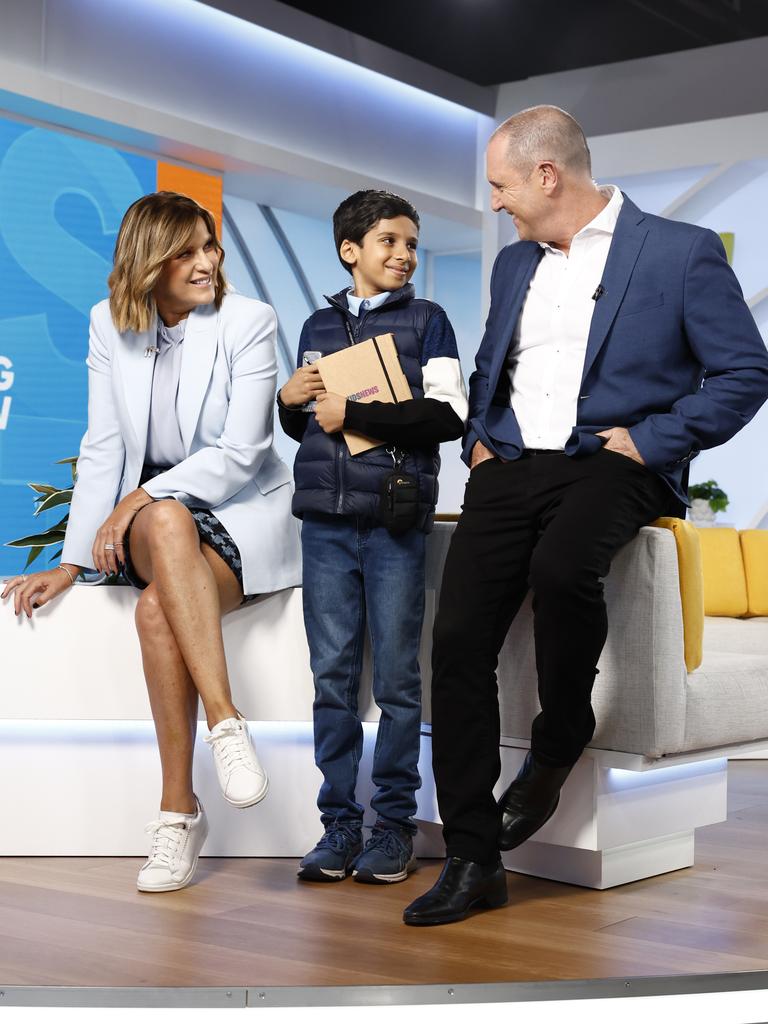
Reigning 2023 Kids News Junior Journalist of the Year, Madison Riquelme, 13, now a year 8 student at St Monica’s College Epping, joined The Morning Show from the Melbourne studio and said it was “so hard for people to find a source that they can trust, with all these speculations* going around and not backed up with evidence.”
“I do think that they could teach us a little bit more about it,” she said.
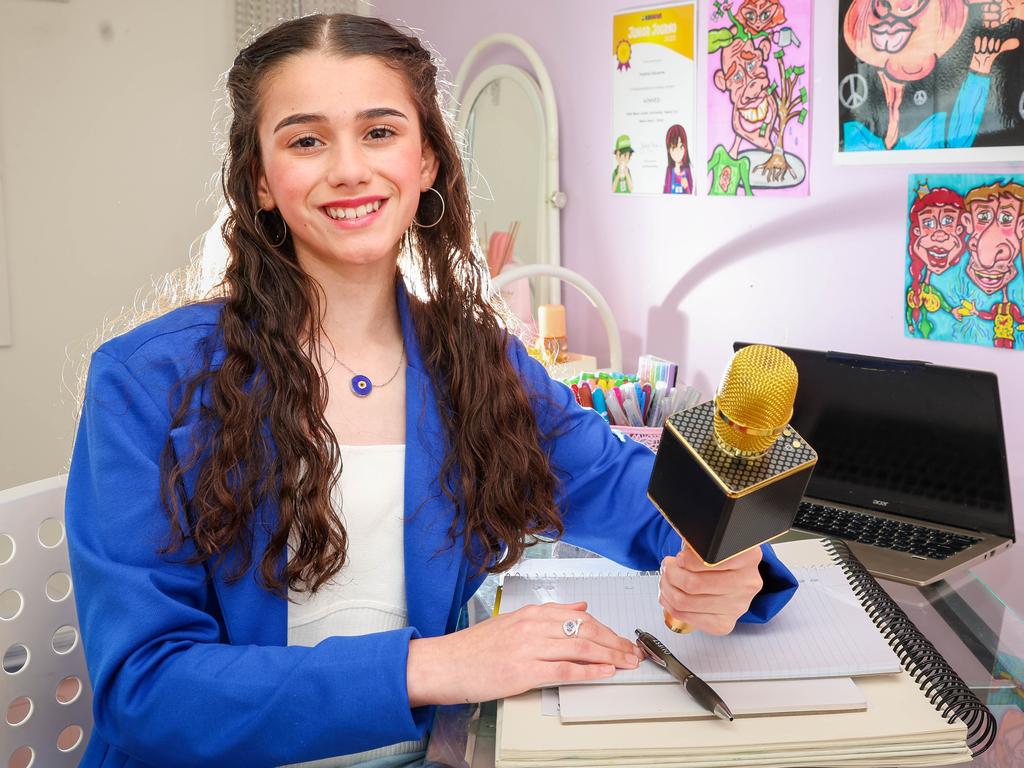
Now a year 5 student at Sydney’s North Rocks Primary School, 2023 category winner Adit Garg, 10, was also a guest on the live segment, joining Madison, Gillies and Emdur to launch this year’s competition. He said that children were “very vulnerable* to misinformation”.
“It’s really great to provide sources,” Adit said. “If people are doubting the credibility* of news, they can go and check those sources to see for themselves whether it’s a reliable source or just some random information; it could just be false.”

Supported by News Corp Australia’s News in the Community program in partnership with the Seven Network, the expanded 2024 competition, now in its second year, aims to support “the growing need for Aussie kids to get on the tools”.
News Corp Australia’s Community Ambassador Penny Fowler said the competition “is exciting because it encourages young people to develop their focus on facts”.
“It involves the same skills that professional journalists depend on daily – the ability to separate the truth from the false and the worthy from the worthless,” Ms Fowler said.
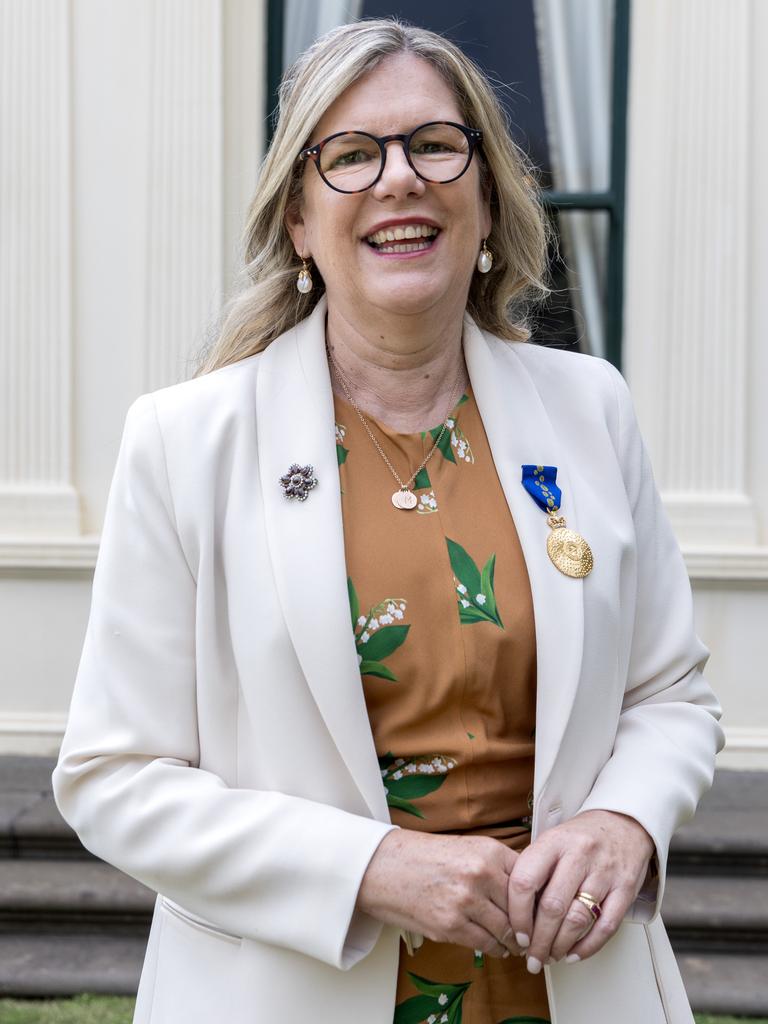
As the online spread of disinformation* changes what it even means to be literate, education and media experts have called underplaying media literacy in curriculum setting “disastrous”.
Deakin University senior lecturer Dr Lucinda McKnight said that “media literacies have long been devalued* in the Australian English curriculum”.
“This conservative shift away from media, and from the texts that are dominant in students’ lives, has proven to be disastrous for meeting the digital literacy demands of contemporary society,” she said.
“Timely and generative AI*-aware media literacies urgently need to take centrestage in any revised curriculum.”

University of Canberra Associate Professor Michael Jensen, co-author of the report Australian Perspectives on Misinformation, said a focus on media literacy for children was “absolutely fundamental”.
“Most of the things that we know about the world around us come to us through the media,” he said. “Given information is the fundamental fabric through which we interact with everything that’s meaningful in our world, disinformation is potentially that kind of all pervasive* threat.
“Being a critical consumer of news is really important … (helping) people recognise how a source is trying to induce a response in them, as opposed to providing them with information, is really important.”
Assoc Prof Jensen said that the job of aspiring junior journos should be to “start off with the idea that their role is to inform, first and foremost, and not to influence”.

The Australian Curriculum, Assessment and Reporting Authority (ACARA), which developed the Australian curriculum, said the latest version (9.0) does “significantly (strengthen) what students should be taught about media literacy”.
“Given the importance of this issue, we’ve woven it into content across the whole curriculum,” an ACARA spokesperson said.
In English, students were expected to interrogate how texts were created, including whether they were designed to inform or influence.
The spokesperson said students needed to become critical thinkers and be supported to seek, “identify, process and evaluate information ... from a range of sources, making decisions about expert or personal opinion and, importantly, understand which sources are trustworthy, relevant and useful.”
“It’s great to see initiatives like the Kids News Junior Journalist Newsroom to help support the effort in ensuring that young Australians develop the skills to engage with, recognise and create accurate, informed and trustworthy content,” they said.
Kids News editor Diana Jenkins said, “There’s no definition or practice of ‘literacy’ anymore that doesn’t involve media.”
“Practical reporting and verification* skills are absolutely critical for this generation of young students. Kids News has a real responsibility and passion to support that,” she said.
Entries are now open to Australian school students in years 3 to 9.
As well as awarding Story of the Month, the Kids News Junior Journo Newsroom Awards will announce news and sport category prizewinners after the annual competition closes on November 22.
This year also sees the introduction of two Junior Journos of the Year, one each in primary and secondary, who will both win a guest presenter spot on The Morning Show, studio tour, HarperCollins book pack and prepaid gift card.
For more information and to enter, visit kidsnews.com.au/junior-journo
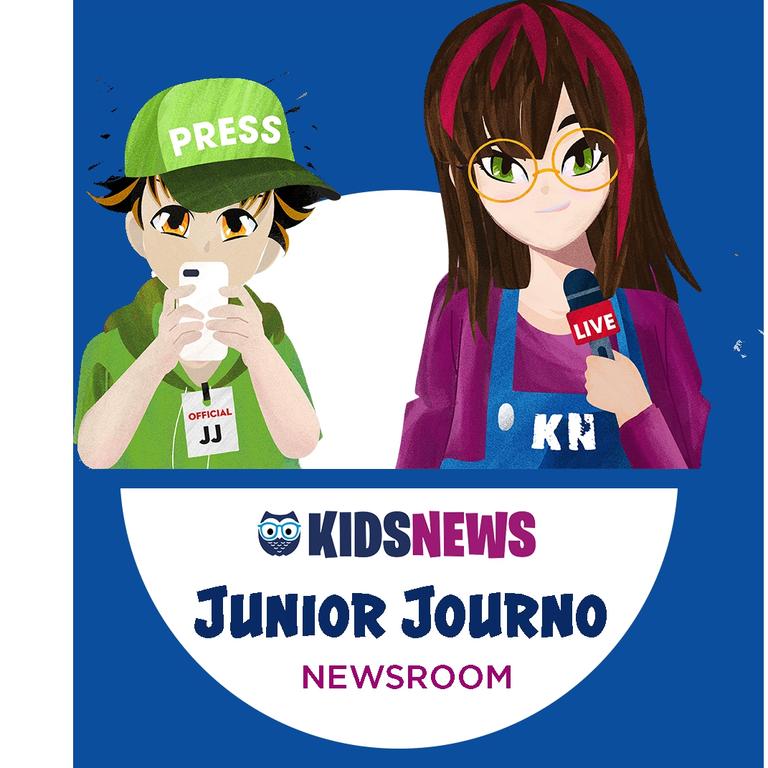
WATCH ADIT’S WINNING VIDEO FROM THE 2023 COMPETITION
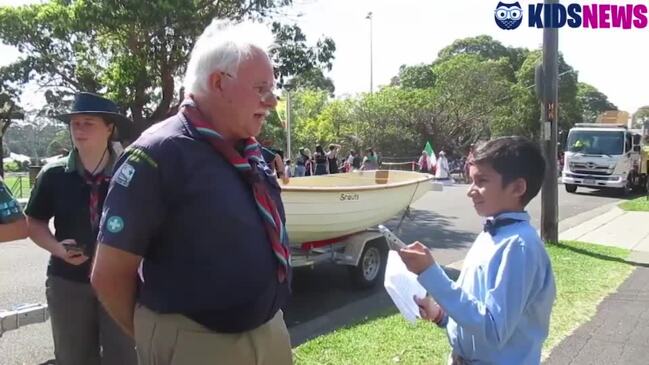
POLL
GLOSSARY
- misinformation: false or inaccurate information, getting the facts wrong
- speculations: ideas or guesses about something that is not known
- vulnerable: able to be easily influenced and harmed
- credibility: when someone or something can be believed in and trusted
- disinformation: false information that is deliberately spread to deceive people
- agile: nimble, able to create and respond to change quickly and well
- curriculum: learning areas, all the different subjects students and what, why, how and when students should learn
- devalued: to make someone or something seem of less value or importance
- generative AI: a type of artificial intelligence that can create new content and ideas, including conversations, stories, images and videos
- pervasive: present or felt right throughout a place or thing
- verification: the act of checking or proving that something is correct or true
EXTRA READING
Junior Journalist winners named
Part 1: how to write a news story
Part 2: choosing the right words
Part 3: hook them with a headline
QUICK QUIZ
- What does reigning Junior Journalist of the Year Madison Riquelme say is “so hard”?
- What are children vulnerable to, according to 2023 category winner Adit Garg?
- Why does Adit think it’s “really great to provide sources”?
- How does Assoc Prof Jensen describe the job of aspiring junior journos?
- What does Dr McKnight say needs to take centrestage in any revised curriculum?
LISTEN TO THIS STORY
CLASSROOM ACTIVITIES
1. How can you check?
What do you think makes a news story trustworthy? Use information in the story and your own ideas to write a checklist that could help kids decide if a news story is trustworthy or not.
Time: allow at least 25 minutes to complete this activity
Curriculum Links: English, Personal and Social Capability
2. Extension
If you could investigate and write a Kids News story about anything at all, no limits, what would it be? Write a paragraph explaining why your subject would make an amazing story. Then write the steps that you might need to take to investigate, research and find out as much as you can to write the story.
Time: allow at least 25 minutes to complete this activity
Curriculum Links: English
VCOP ACTIVITY
Read this!
A headline on an article – or a title on your text – should capture the attention of the audience, telling them to read this now. So choosing the perfect words for a headline or title is very important.
Create three new headlines for the events that took place in this article. Remember, what you write and how you write it will set the pace for the whole text, so make sure it matches.
Read out your headlines to a partner and discuss what the article will be about based on the headline you created. Discuss the tone and mood you set in just your few, short words. Does it do the article justice? Will it capture the audience’s attention the way you hoped? Would you want to read more?
Consider how a headline or title is similar to using short, sharp sentences throughout your text. They can be just as important as complex ones. Go through the last text you wrote and highlight any short, sharp sentences that capture the audience.


